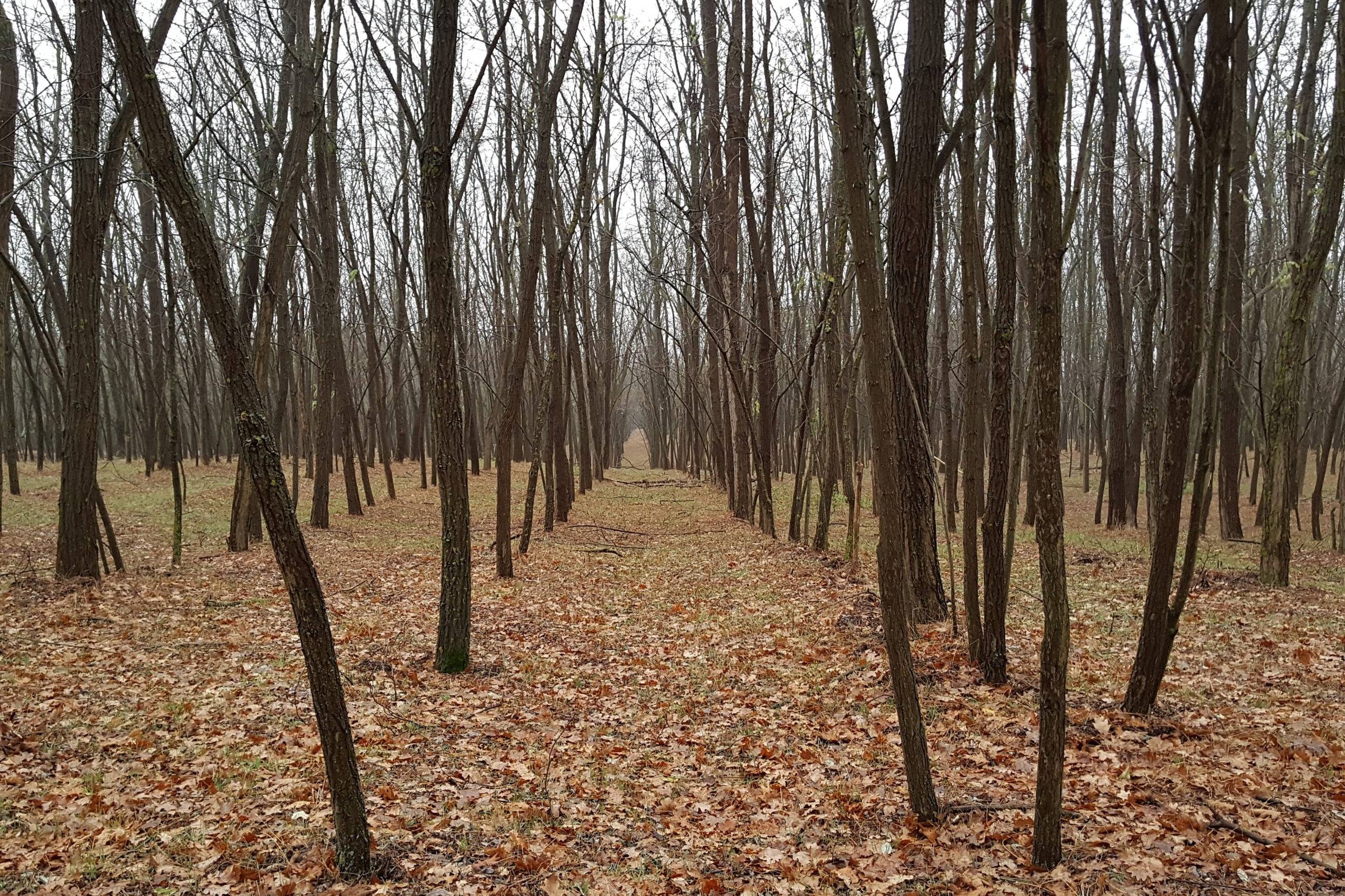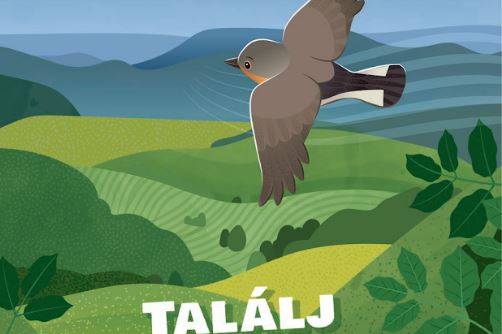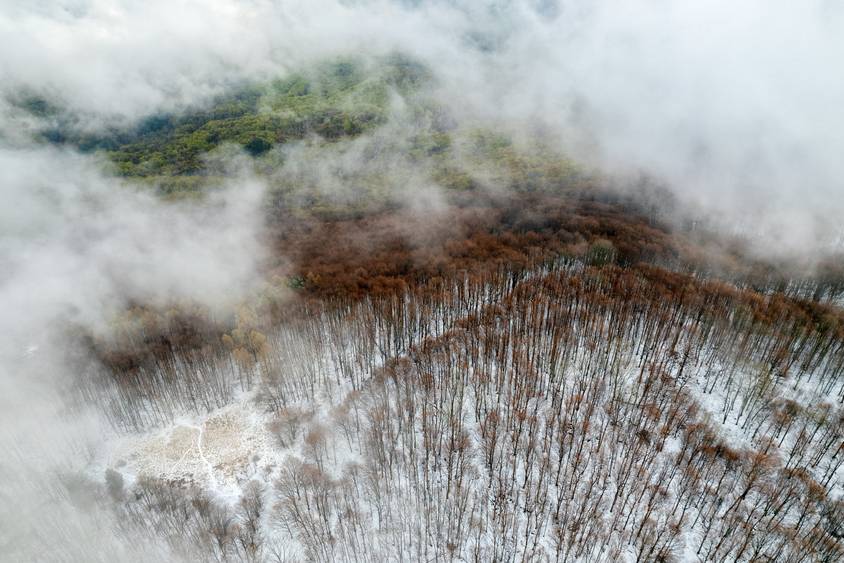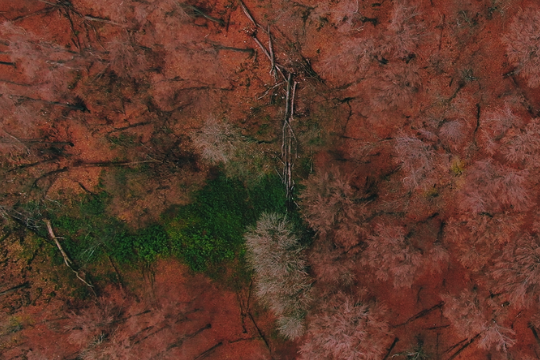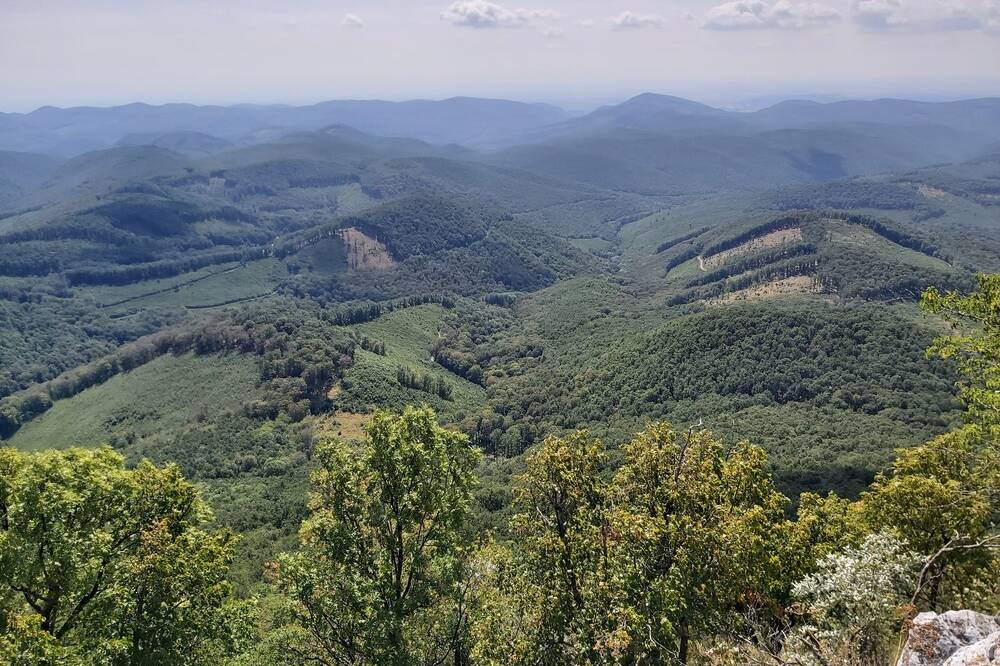Kihívások és veszélyek
Erdeinket sokféle emberi eredetű hatás éri. Egy részük közvetlen, mint amilyen a fakitermelés, mások közvetettek, mint a klímaváltozás. Ezeknek a hatásoknak a csökkentése mindannyiunk érdeke, hiszen az erdők károsodása a működésük romlásához vezet, ami az életminőségünkre is rendkívül negatívan hat.
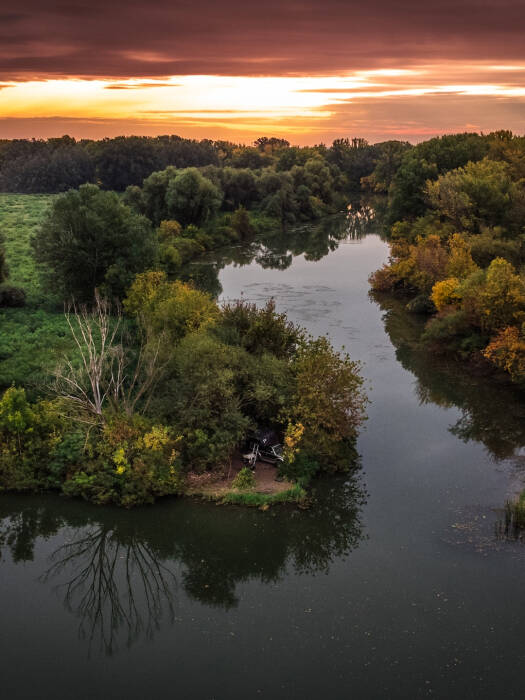
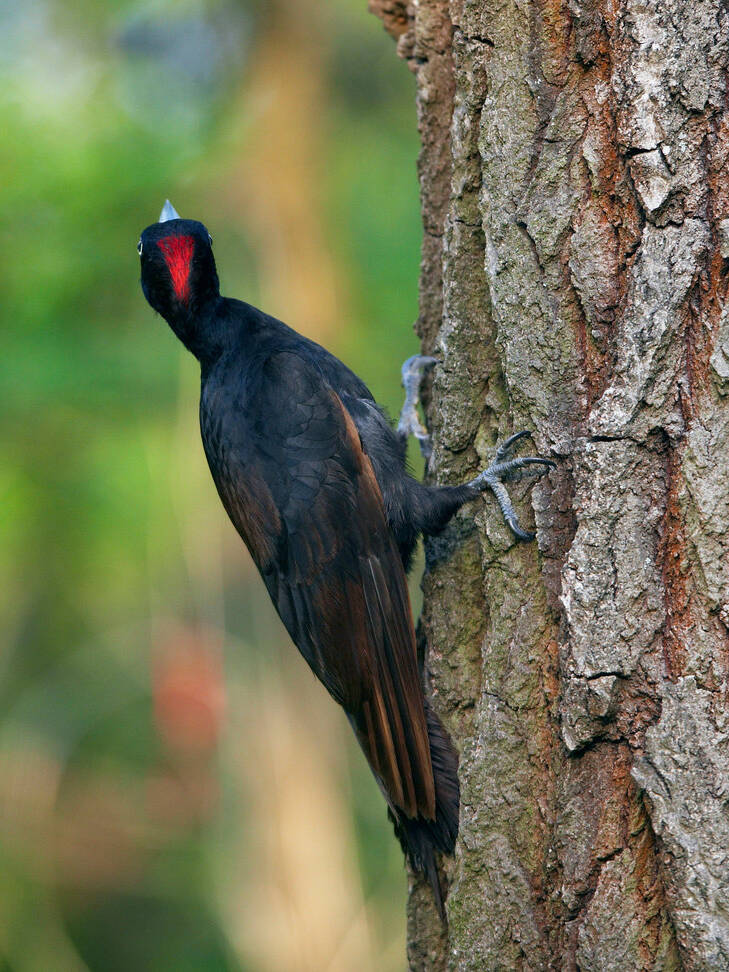
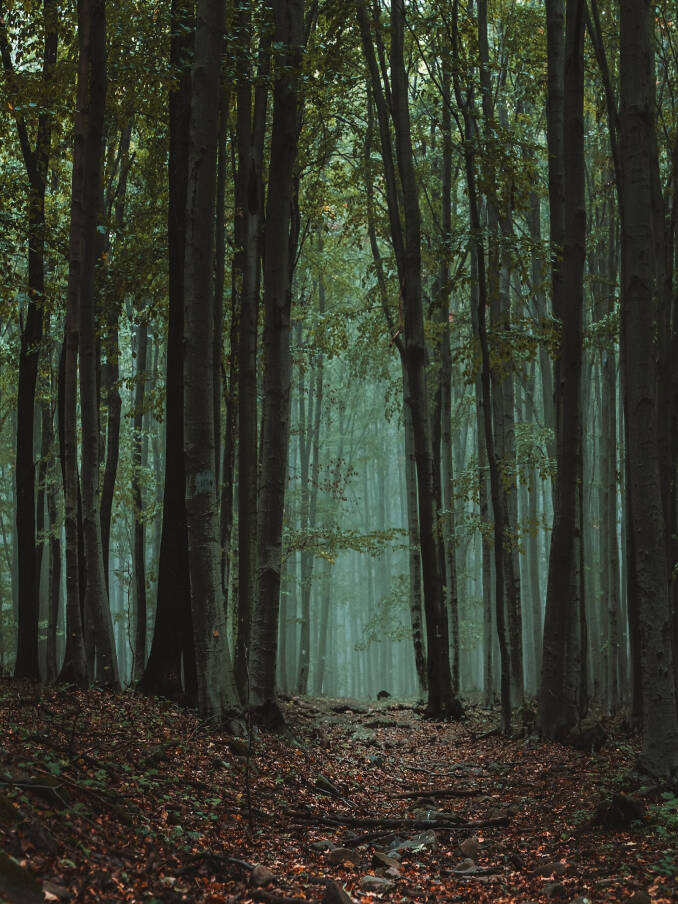
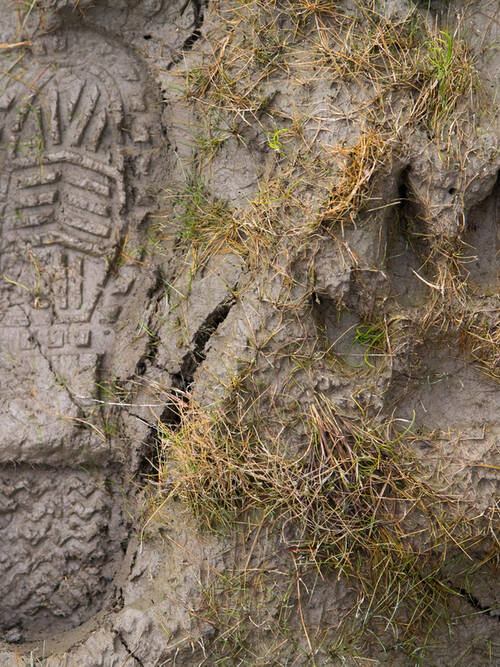
Erdőgazdálkodás
Erdeink több mint 90%-án – védett és Natura 2000 területeken is – hagyományos, ún. vágásos üzemmódú (például tarvágást is alkalmazó) erdőgazdálkodás folyik. A vágásos üzemmód következménye, hogy természetes eredetű erdeink is egykorúak, kevés fafajból állnak, kevés bennük az idős fa, a cserje, az erdő immunrendszerének szerepét betöltő holt faanyag, az odú és még sorolhatnánk – ez pedig csökkenti az élővilág gazdagságát. Minél inkább elszegényedik az élővilág, annál kevésbé tudja fenntartani az ökoszisztéma-szolgáltatásokat az erdő, és az ellenálló képessége is csökken.
Idegenhonos növény- és állatfajok megjelenése
Sok évtizede veszélyt jelent az erdőkre az idegen kontinensekről behurcolt vagy betelepített növény- és állatfajok sokasága. Ezek egy része magától terjed a természeti területeken, átalakítja a talajt, és kiszorítja az őshonos fafajokat a hozzájuk kötődő élővilág nagy részével együtt. Az idegenhonos fás szárú növények között olyan fajok fordulnak elő hazánkban, mint a bálványfa, az ostorfa, az amerikai kőris, a zöld juhar vagy a gyalogakác.
Klímaváltozás
Az éghajlat megváltozása a teljes élővilágot komoly kihívás elé állítja – így az erdőket is. Az erdők a klímaváltozás hatásaira a fajösszetétel átalakulásával válaszolnak, ha hagyjuk. Az erdőgazdálkodás az emúlt évszázadok során az erdőterület szinte teljes egészén megváltoztatta és fenntartja a gazdasági céloknak megfelelő fajösszetételt, korszerkezetet. Az erdők jelenlegi állapotuk miatt fokozottan érzékenyek a klímaváltozás okozta számos problémára (gyakoribb viharok, hőségnapok), ami növeli többek között a széldöntések, a tűzesetek és a rovarkárok kockázatát.
Egyéb veszélyeztetők
A síkvidéki erdők fennmaradását a klímaváltozás mellett a folyószabályozások és a belvíz elvezetésen alapuló vízgazdálkodás miatt csökkenő talajvízszint is veszélyezteti. Az ország nagy részén problémát okoz az erdők felújulásában a magas vadsűrűség. Különösen települések környékén jellemzőek az erdőket érő – többnyire illegális – emberi eredetű hatások: például beépítések, utak kialakítása, hulladékelhelyezés vagy az eróziót okozó technikai sportok.
Mit tesz a WWF Magyarország?
Szakmai javaslatainkkal három fő irányt támogatunk az erdők megóvásán belül, amelyek más-más helyszíneken valósíthatók meg. Háborítatlan erdőket a nemzeti parkok és más védett területek belsejében őrizhetünk meg. A természetközeli erdőgazdálkodás az erdei élőhelyek védelmét faanyagtermelés mellett is képes biztosítani – erre védett és nem védett területeken is van lehetőség. Az erdei élőhelyek helyreállítása során új erdők jönnek létre ott, ahol azokat egyszer már felszámoltuk, vagy a korábbinál gazdagabb élőhelyek kialakítását segítjük.
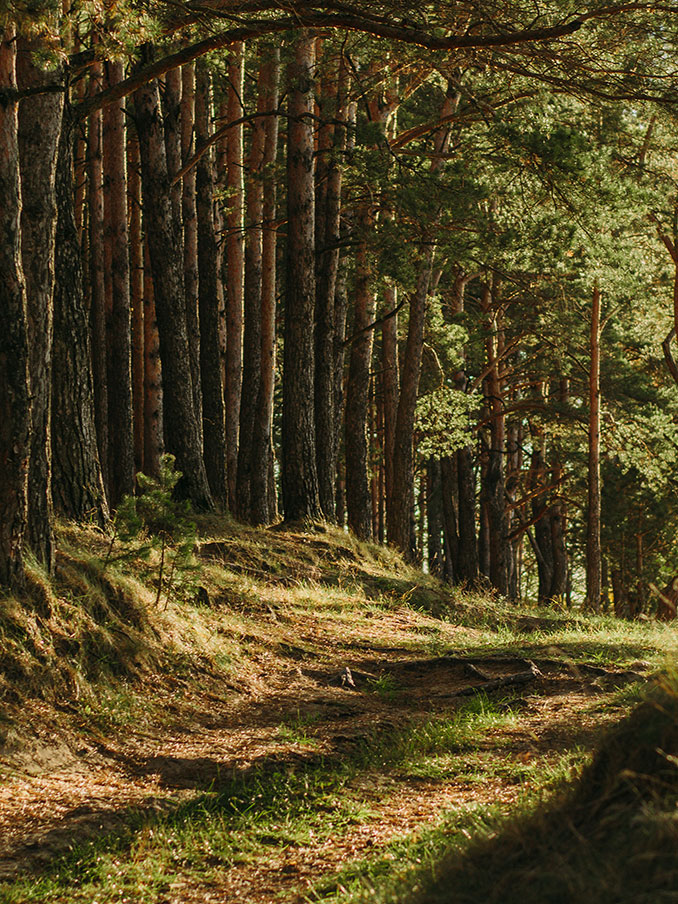
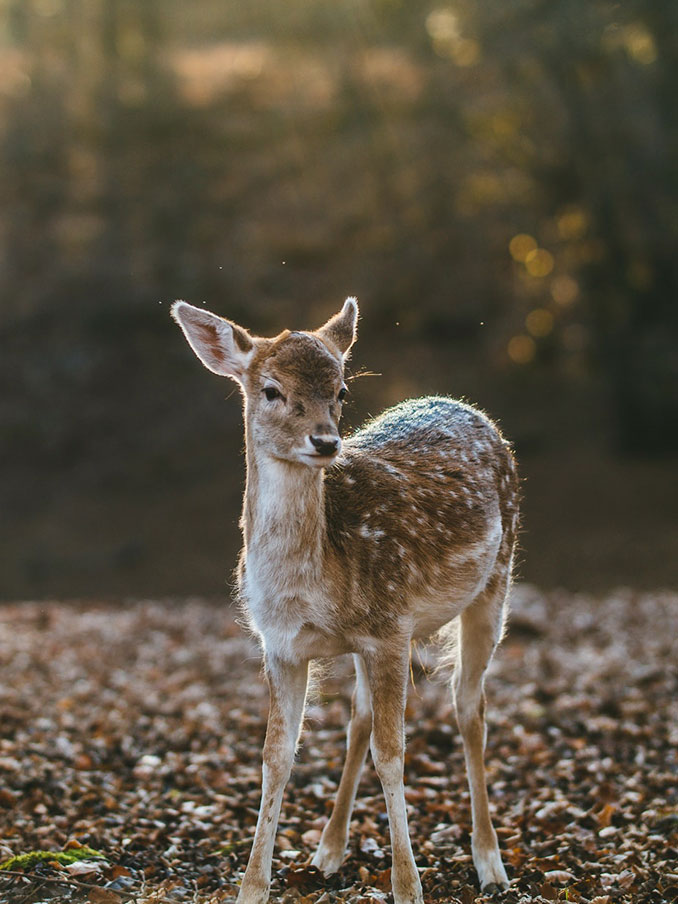
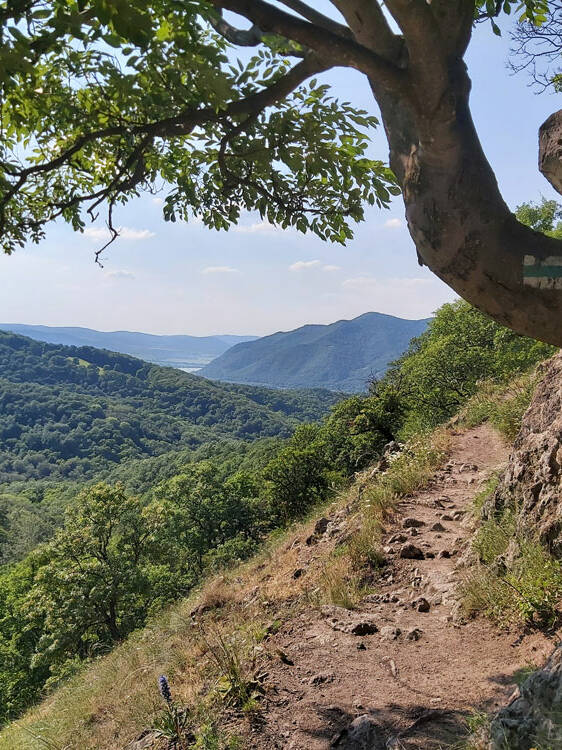
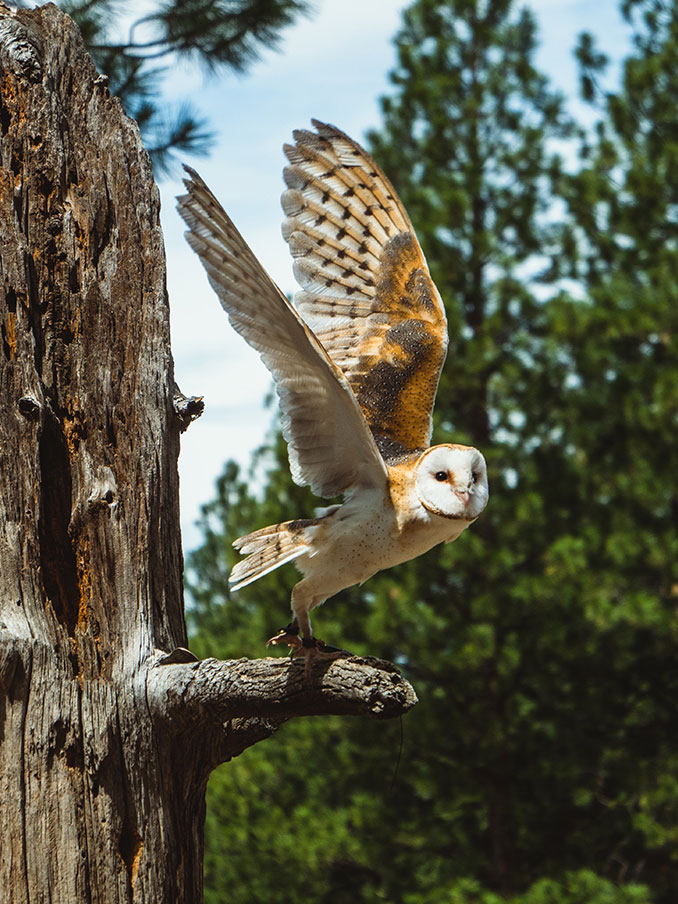
Háborítatlan erdők
Célunk, hogy az erdők egy része Magyarországon is háborítatlan legyen, és ezeken a helyeken többet ne történjen gazdasági célú fakitermelés. Azon dolgozunk, hogy hazánkban is legyenek természetvédelmi és turisztikai szempontból kiemelkedő értéket képviselő vadonok a nemzeti parkokban és kisebb háborítatlan „szentélyerdők” azokon kívül.
Örökerdők
A WWF Magyarország támogatja az ún. folyamatos borítást biztosító erdőgazdálkodás (szálalás, örökerdő üzemmód) elterjedését. Ennek lényege, hogy az erdőgazdálkodó egyenként vagy kis csoportokban vágja ki a fát, ami nem sokban különbözik a természet okozta bolygatásoktól. Az így művelt erdők természetesebbek, jobb minőségű faanyagot adnak és ellenállóbbak a különböző erdőkárokkal szemben, mint a hagyományos, vágásos erdők, ahol egyszerre nagy területekről vágják ki a növényzetet. A folyamatos erdőborítás védett területeken természetvédelmi, települések körül közjóléti szempontból is kedvező.
Erdei élőhelyek helyreállítása
A leromlott állapotú erdők megfelelő átalakításával újra létrehozhatók természetes erdők. A WWF Magyarország az ország több pontján részt vesz ilyen jellegű élőhely-rehabilitációban, melynek legfontosabb eleme az idegenhonos fafajok eltávolítása és a tájra eredetileg jellemző őshonos fafajok ültetése. Főként az alföldi tájainkon van szükség az erdők helyreállítására – terepi projektjeink többsége a síkvidéken valósult meg.
Terepi projektjeink
Terepi projekjeink többsége a természetes erdőterületek helyreállítását tűzi ki célul, amelyet nemzeti park igazgatóságokkal és tudományos műhelyekkel partnerségben valósítunk meg. Részt vettünk még továbbá kutatással, kezelési ismeretek megosztásával, kiváló példák bemutatásával kapcsolatos projektekben is.
